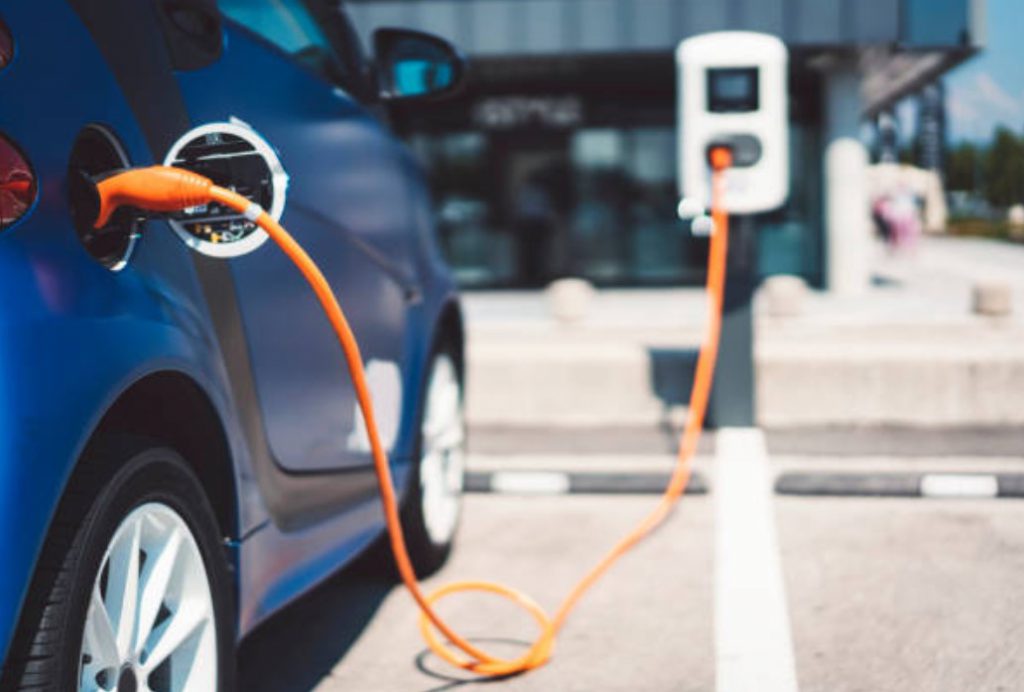Strong price performance expected for cobalt as EV demand accelerates

By David Duval
As the impact of the Covid19 pandemic winds down, cobalt demand in 2021 should be boosted by strong performance in the electric vehicle (EV) sector with some analysts predicting a 17% increase in demand this year over 2020.
Cobalt is used in the production of lithium-ion battery materials, superalloys, high-temperature alloys, cutting tools, magnetic materials, petrochemical catalysts, pharmaceuticals, steels and glaze materials.
Blending cobalt with iron or nickel-based metals creates a higher melting point alloy than its constituents, imparting more strength, toughness and fatigue properties at higher operating temperatures. Cobalt-based alloys also typically exhibit superior corrosion resistance, particularly at elevated temperatures, making them ideal for gas turbines and jet engine applications.
Unlike in the past, however, today the cobalt market is largely being driven by “new economy” drivers including lithium-ion batteries and superalloys.
Consumer electronics, Electric Vehicles (EVs) and Energy Storage Systems (ESS) are the dominant uses for lithium-ion batteries and it is estimated that EVs and Internal Combustion Engine (ICE) vehicles will reach price parity by 2024.
At the present time the battery represents 25-35% of the production cost of an EV and is the most expensive individual component. That being the case, it should come as no surprise that reducing battery cost while improving performance have become critical drivers to ensure mass market acceptance of EVs.
Cobalt demand is steadily rising and a new market analysis by Elsa Olivetti at the Massachusetts Institute of Technology and her colleagues confirms the prospect of cobalt shortages if refining and recycling practices aren’t conducted more efficiently or in greater quantities. They estimate that global demand for cobalt will rise to between 235,000 and 430,000 tonnes by 2030 – an amount that is at least 1.6 times the world’s current refining capacity.
Lithium-ion batteries installed in EVs and other consumer electronics account for about half of all cobalt demand at present and demand is projected to more than quadruple over the next decade. These batteries commonly use either nickel, cobalt, aluminum or nickel manganese cobalt oxides given their ability to provide a long lifespan and high energy density – a determining factor in how far a single charge can power an electric vehicle. Today, most portable applications are powered by cobalt-based lithium-ion batteries which were first commercialized in the 1990s.
The cobalt-based lithium-ion battery was first commercialized in 1991 by the Sony Corporation of Japan. This technology has several physical characteristics that represent a significant improvement on the incumbent Nickel Metal Hydride (NiMH) and Nickel Cadmium (NiCd) battery technologies. Lithium-ion batteries possess high specific energy (energy/weight), low rates of self-discharge and are generally maintenance free.
In the mid-1990s, batteries represented only 1% of cobalt demand; however, in the past 22 years Cobalt has seen a Compound Annual Growth Rate (CAGR) of 15.6%, with peak demand scenarios for the future sharply higher.
In fact, it is estimated that 98% of cobalt is produced as a by-product of nickel or copper mining. From a supply standpoint, the market is highly imbalanced with the Democratic Republic of the Congo (DRC) currently producing 71% of cobalt for the market. Indeed, the top five cobalt producers control over 53% of global supply which is typically sourced from DRC-based operations. China then processes 80% of global intermediates such as cobalt metal or cobalt salts.
There are some cobalt explorers and in Canada at various stages; namely, Fuse Cobalt Inc. [FUSE-TSXV], Surge Battery Metals Inc. [NILI-TSXV], Fortune Minerals Ltd. [FT-TSX], Battery Mineral Resource Corp. [BMR-TSXV] and, in Idaho, ASX-listed Jervois Mining.
Production of lithium-ion batteries is dominated by China, Japan and Korea which hold more than 90% of global market share of which China holds ~80%. World-class production is predicated upon economies of scale coupled with intensive research and development programs. Each of these Asian powerhouses has a long-term focus on battery technology, design and manufacture.
President Biden’s Clean Energy plan could accelerate EV demand and simultaneous renewable energy deployment/ESS rollout. Support for the auto industry can also be tied to ambitious fuel economy regulations, which in the past triggered innovation and helped jumpstart key parts of today’s EV industry.
The EV revolution is now underway. For example, California now has about 70,000 public and shared vehicle-charging plugs throughout the state, according to Car and Driver magazine.
Few primary cobalt producers exist in the marketplace today.
Other targeted and direct support measures, such as for charging infrastructure, or via favourable loans with low interest rates and/or public co-funding towards corporate fleets for bulk procurement of EVs, buses and trucks, could support continued growth in EV sales. In countries where fossil fuel subsidies prevail, the low oil price environment is an important opportunity to phase out price supports, which are detrimental for pursuing energy efficiency efforts in general and for creating a context that supports road vehicle electrification.
The cobalt implications of the Biden Clean Energy Plan are expected to become much clearer during 2021.The scope of the plan includes US$400 billion over 10 years targeting the creation of 10 million US jobs. At the present time, the program includes the targeted installation of 500,000 EV charging stations that will support an estimated 25 million EVs. The plan is part of a broader strategy that seeks mobilization of public investment to fight climate change that includes a net zero carbon emissions target for the US by 2050; building the US into a “clean energy superpower;” and creating support for a domestic supply chain for strategic materials (including cobalt) that the US currently imports.
